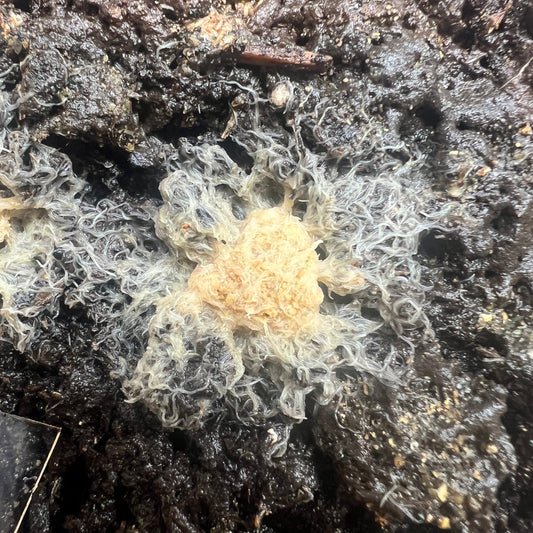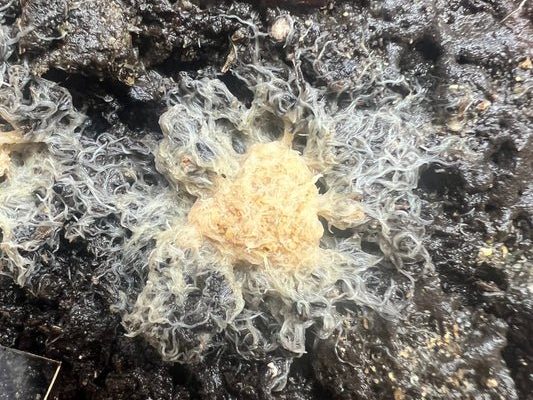
Imagine having a garden that blooms differently with each season. Similarly, Grindal worms respond to changes in their environment—like temperature, humidity, and light—affecting their behavior, growth rate, and reproduction. In this blog, we’ll explore how these seasonal changes impact Grindal worms, drawing insights from field studies. So, grab a coffee, and let’s dig into this fascinating topic!
The Life Cycle of Grindal Worms
To get a good grasp of seasonal behavior, let’s start with understanding the life cycle of Grindal worms. These worms thrive in moist environments, often found in soil or fresh compost. They’re small, usually measuring between one to two centimeters long, and reproduce quickly.
Grindal worms go through multiple stages: eggs, juveniles, and adults. The temperature and moisture levels significantly influence these stages. For example, in warmer months, the conditions might allow for quicker reproduction and growth. This means you might notice a rapid increase in their population, leading to more food for your fish.
Here’s the thing: if you’re looking to breed these worms for your aquatic pets, knowing their life cycle can help you manage their environment better and ensure they thrive.
How Temperature Affects Grindal Worm Behavior
Temperature is one of the most crucial factors influencing the behavior of Grindal worms. In warmer temperatures, typically between 21°C and 25°C (70°F to 77°F), you’ll find that these worms become particularly active. This is when they reproduce most efficiently.
During the winter months, when temperatures drop, their activity levels decrease. You might find them moving slower, and their reproduction rate takes a hit. It’s quite similar to how we might feel a bit sluggish when it’s cold outside. If you want to keep your Grindal worms thriving through colder months, maintaining a consistent temperature in their habitat is vital.
You might also consider using heating mats or similar devices to create a stable environment. This will not only keep the worms more active but could lead to higher yields for your fish.
The Role of Moisture and Humidity
Just like temperature, moisture and humidity play significant roles in shaping the behavior of Grindal worms. These worms thrive in damp environments. When the humidity is right, they can reproduce quickly, creating a healthy food source for your aquatic friends.
In dry conditions, however, Grindal worms can struggle. You might notice that they tend to bunch up, seeking out moisture. This adaptation helps them survive, but it’s not ideal for raising them as food. If you’re breeding Grindal worms, keeping their habitat humid (around 70% to 90%) can boost their activity levels and reproduction rates.
You could use a spray bottle to mist their container regularly, ensuring they stay moist without drowning. This little step goes a long way in fostering a happy environment for them.
Light Exposure and Its Effects
Another fascinating aspect of Grindal worm behavior is their reaction to light exposure. Grindal worms are generally sensitive to light, preferring darker environments. They tend to burrow into the substrate or hide when exposed to bright light.
This behavior is crucial during breeding season. If you want to encourage reproduction, consider limiting light exposure to their habitat during the night when they’re more active. Conversely, you might want to provide a bit more light during the day to help kickstart their feeding and growth.
Ultimately, a balance is key. Too much light can stress them out, while too little might slow down their activity. Understanding this can help you create a more optimal environment for your Grindal worms year-round.
Seasonal Reproduction Patterns
The reproductive patterns of Grindal worms change with the seasons. During spring and summer, when temperatures are higher and moisture levels are optimal, these worms can reproduce rapidly. You might find them laying eggs more frequently during this time, which means more food for your fish.
However, as fall rolls in and winter approaches, their reproduction slows down. This is part of their natural rhythm, adapting to the changing seasons. You’ll need to consider this when planning to feed your fish, as availability may fluctuate.
For fish enthusiasts, this seasonality means you should capitalize on the warmer months to breed more worms. Stocking up before the colder months can ensure you have a consistent food supply for your aquatic pets.
Feeding Habits and Seasonal Changes
Grindal worms also exhibit different feeding habits based on the seasons. In warm and humid conditions, they’re more likely to be active feeders, scavenging for decaying organic matter. This is when they thrive the most, significantly benefiting your fish.
In colder months, their feeding tendencies may change; they might be less active and, as a result, consume less. They tend to conserve energy, which can lead to a more sedentary lifestyle. Knowing these patterns allows you to adjust how much you’re feeding your fish when you notice changes in your worm population.
Keeping an eye on these behavioral shifts can make all the difference in ensuring your fish remain happy and healthy throughout the year.
Understanding the seasonal behavior patterns of Grindal worms offers valuable insights for fish enthusiasts and aquaculture professionals alike. By considering temperature, humidity, light exposure, and reproduction cycles, you can create the ideal environment for these little creatures.
Whether you’re feeding your fish or breeding Grindal worms for the future, knowing how they behave through the seasons is essential. It allows you to optimize their growth and ensure your aquatic pets receive high-quality, live feed. So, as you dive deeper into the world of fishkeeping, remember: every season has its charm, and with a little care, you can make the most of what Grindal worms have to offer!

